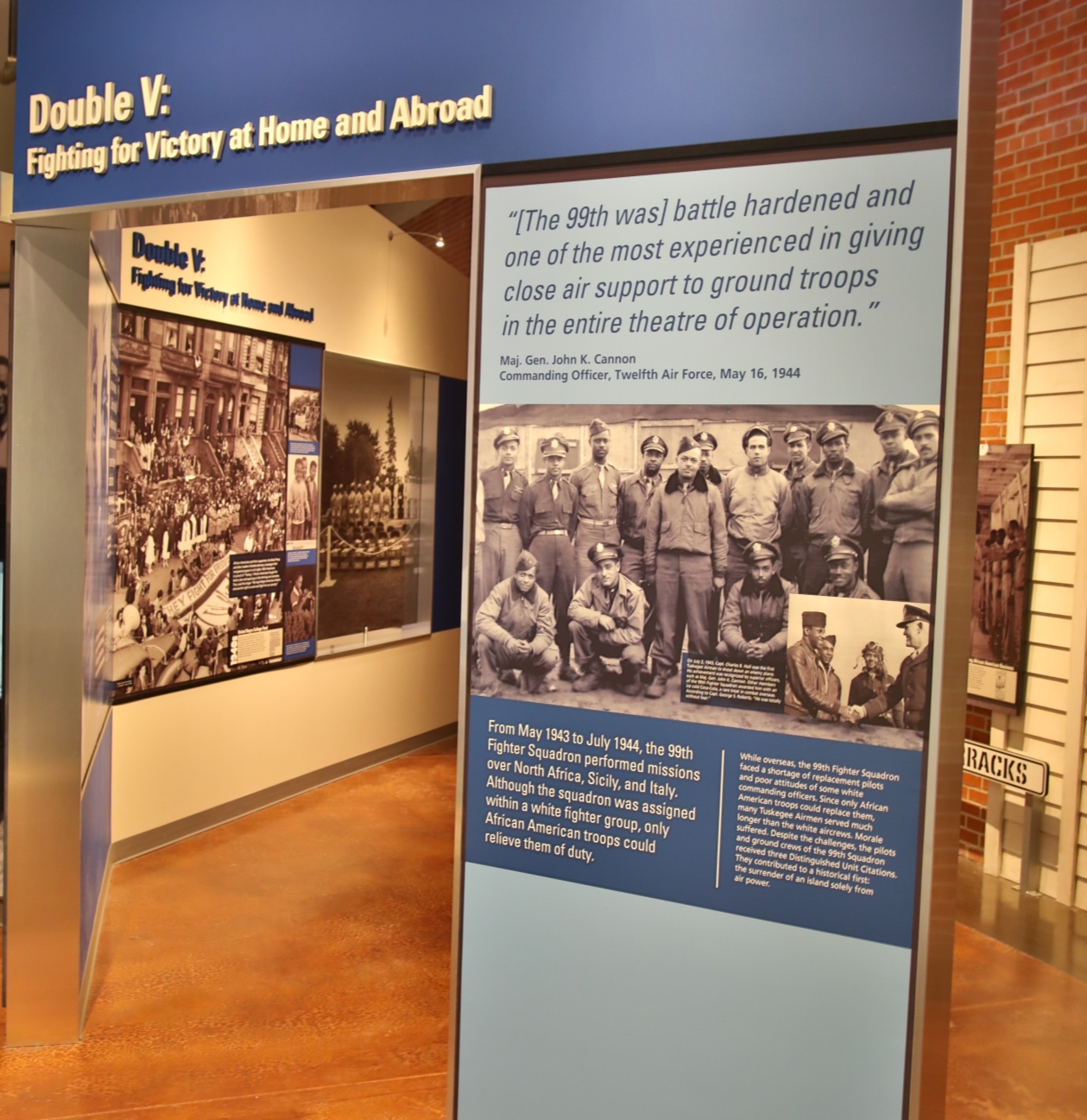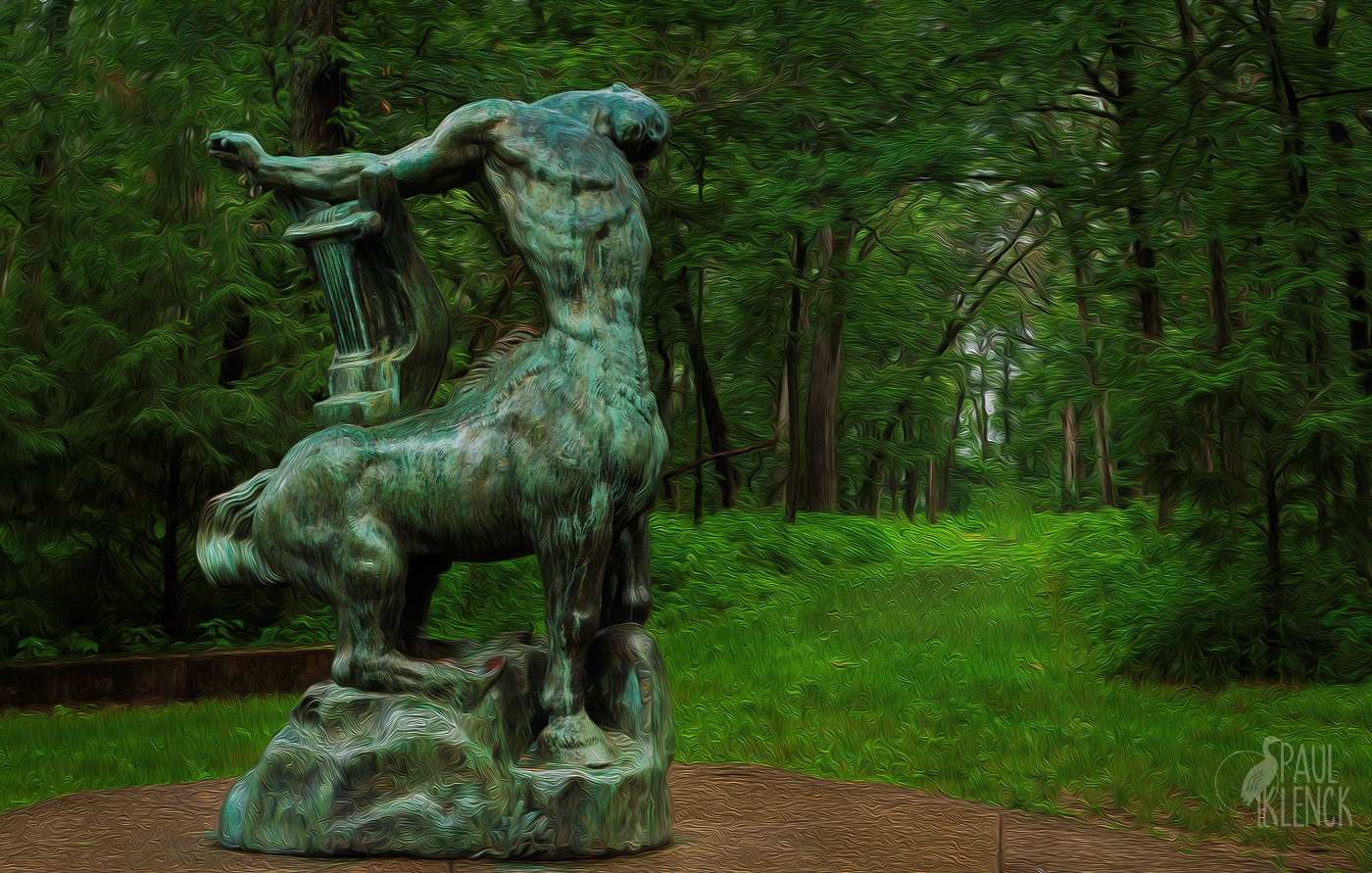Ojibwe Village
Kitchi Onigaming is the Ojibwe name for the eight mile trek connecting Lake Superior to the Pigeon River and bypassing the great falls of that river.
The French Voyageurs called it The Great Carrying Place, and it was the fulcrum for the fur trade. The North Men would funnel all the beaver furs they collected through Canada through the waterways on the birch bark canoes that the Indians taught them to build and use. The fur traders from the east—mainly Montreal—would travel the Great Lakes to meet the voyageurs at what today we call Grand Portage.
In late July, the voyageurs, natives and east traders would meet at their annual Rendezvous, exchanging trade goods for furs and have a big party.
By 1784 Grand Portage was the largest settlement in the American West, and the North West Company, owned the Highland Scots, built a palisade and buildings to facilitate the trade.
Palisade and canoe along Lake Superior
Kitchen and Grand Hall, Grand Portage National Monument
Reenactors demonstrate the skills the voyageuers used such as creating rope, or represent a trader in the Great Hall wearing a beaver hat.
The warehouse
It took awhile after the Revolution to finalize the border between the new United States and British Canada. The border was finally settled on the Pigeon River about four miles north of the settlement, so the British moved the trading post north of the river and Grand Portage faded into history. Sixty years ago, the Ojibwe donated the land for the creation of the National Monument.
I first visited Grand Portage thirty years ago when I arbitrated a work dispute for the Custom agents. On my drive up the coast, I nearly drove off the road watching a bald eagle swoop down to the lake and grab a fish out of the water. It doesn’t take much effort here to transport yourself back in time.
Most of the land between the National Monument and the state park right on the national border is reservation. There is also the oldest church in Minnesota established in 1731 by French missionaries. The Minnesota Historical Society published a history of the church and Grand Portage containing more detail than you’d likely want to know. But the wildflowers in bloom around the church and graveyard provide another opportunity to rest in the north light along the Lake.
Holy Rosary Church, Grand Portage, Minnesota





































































































































